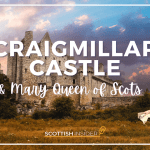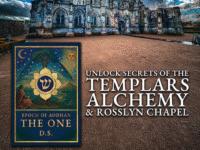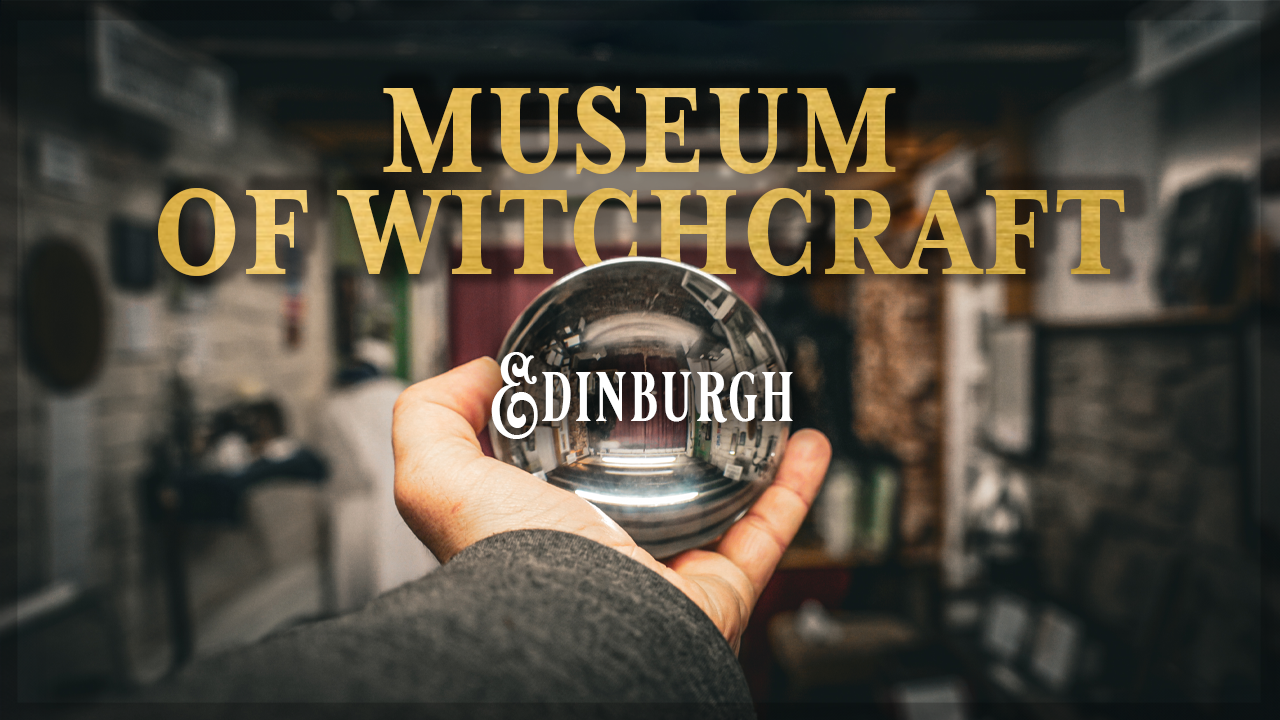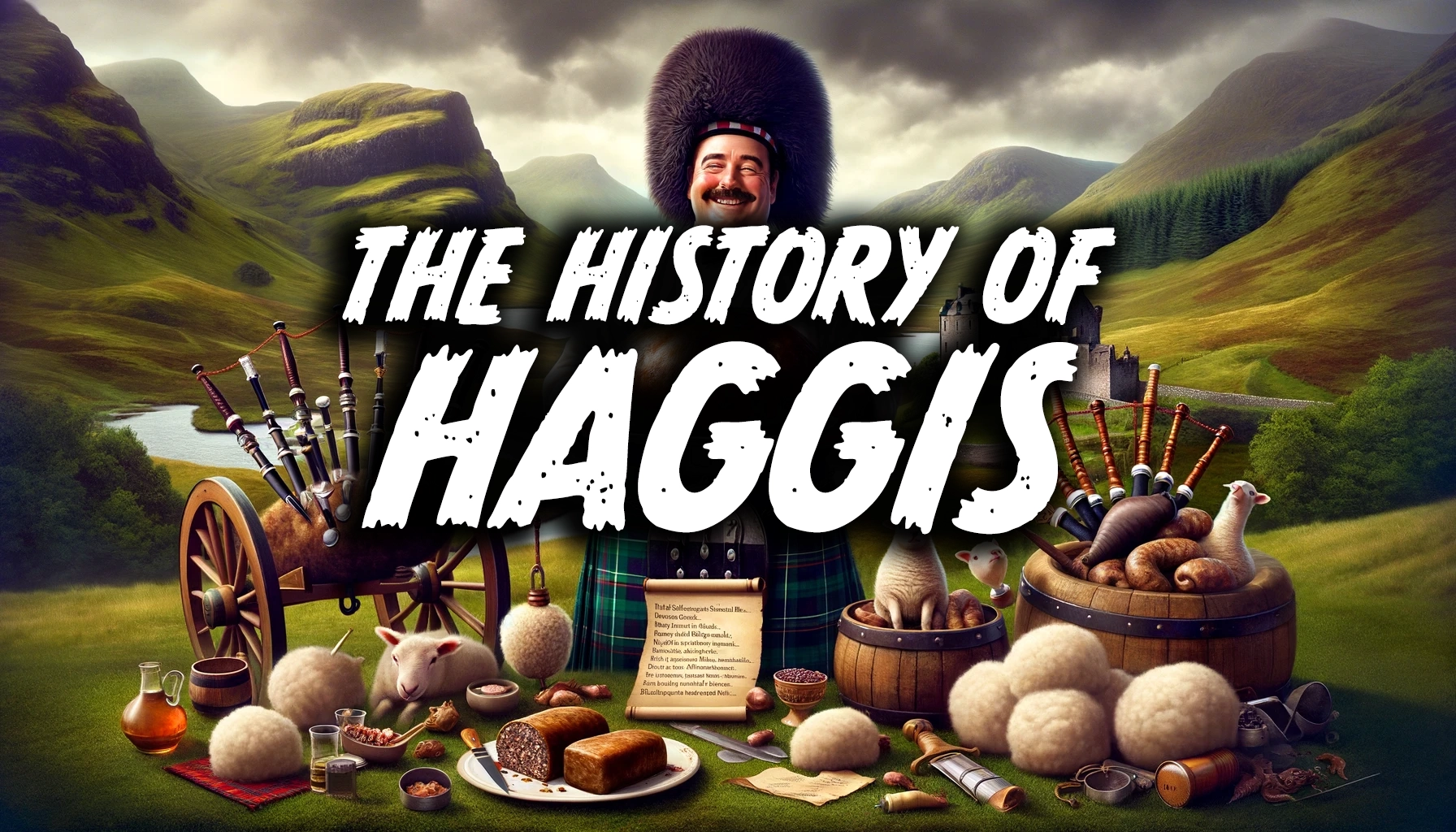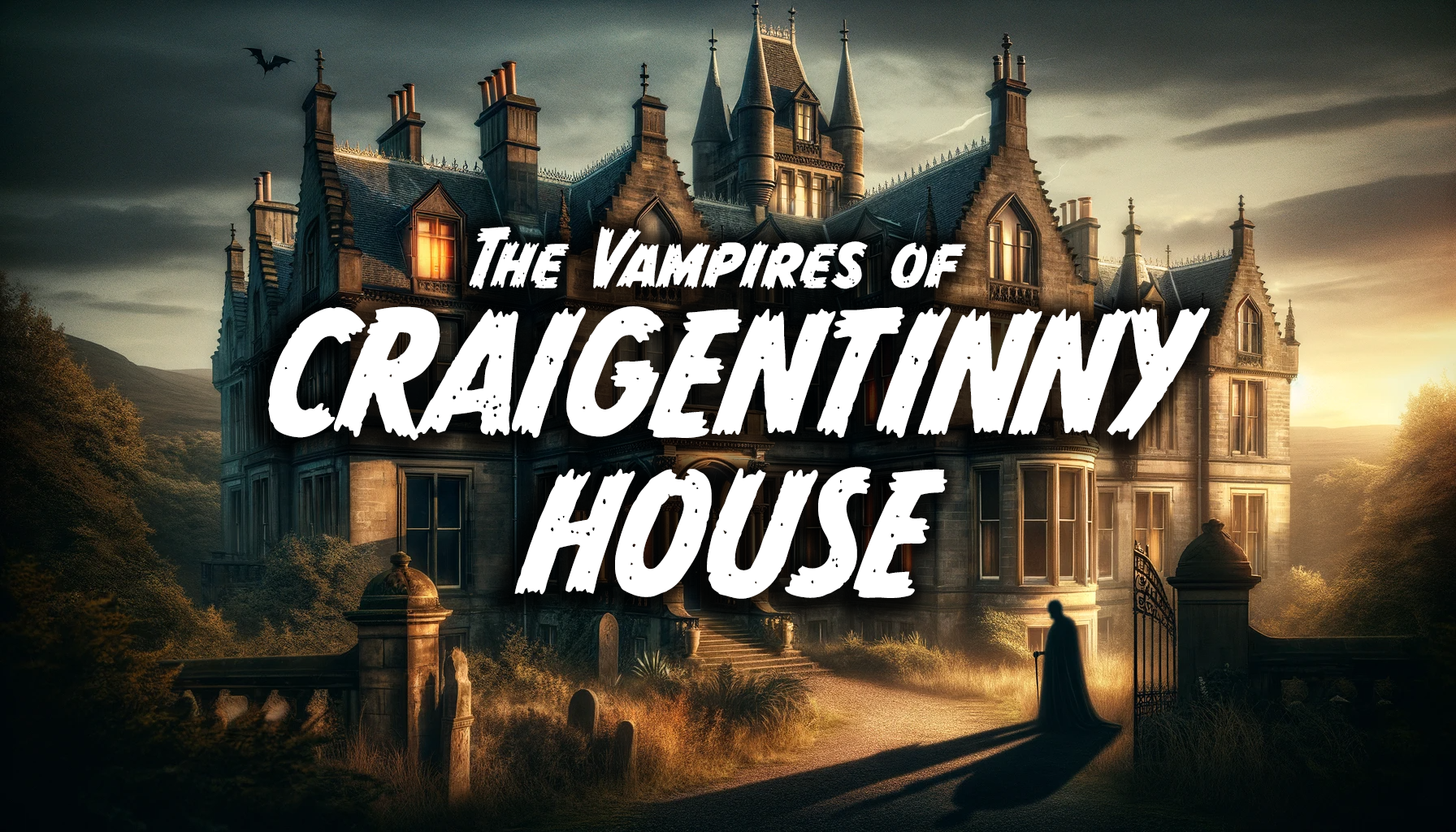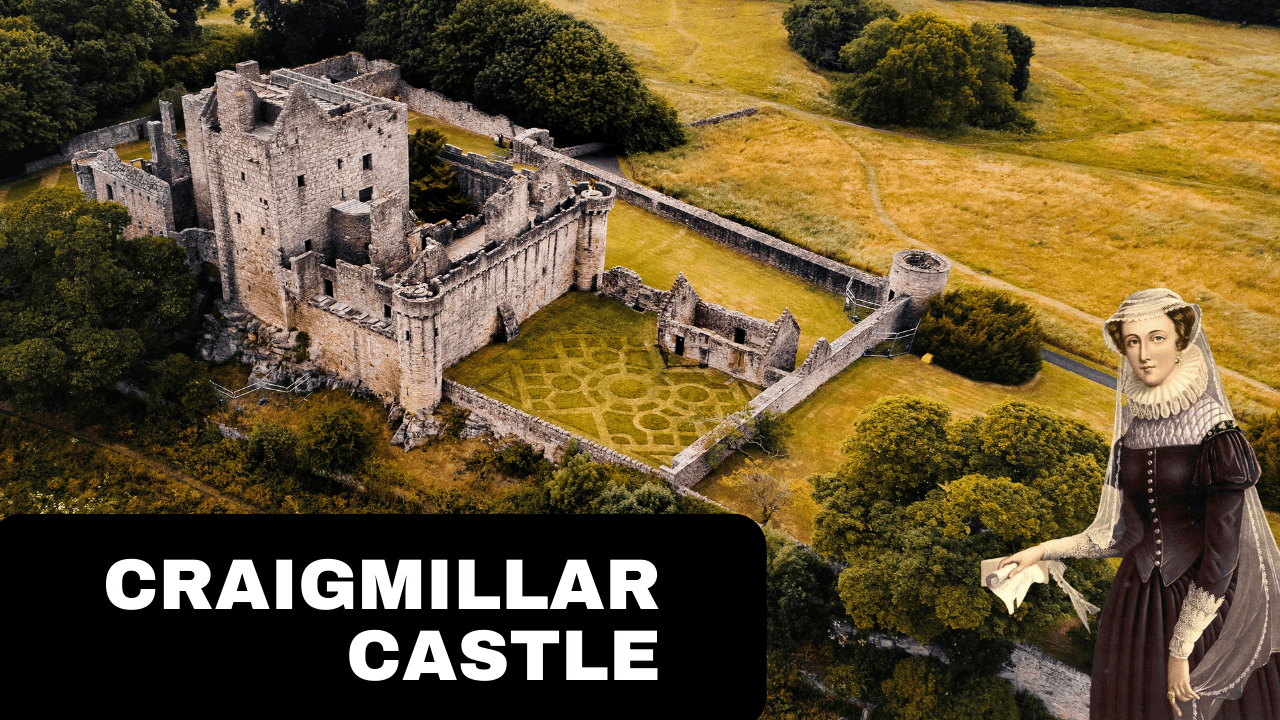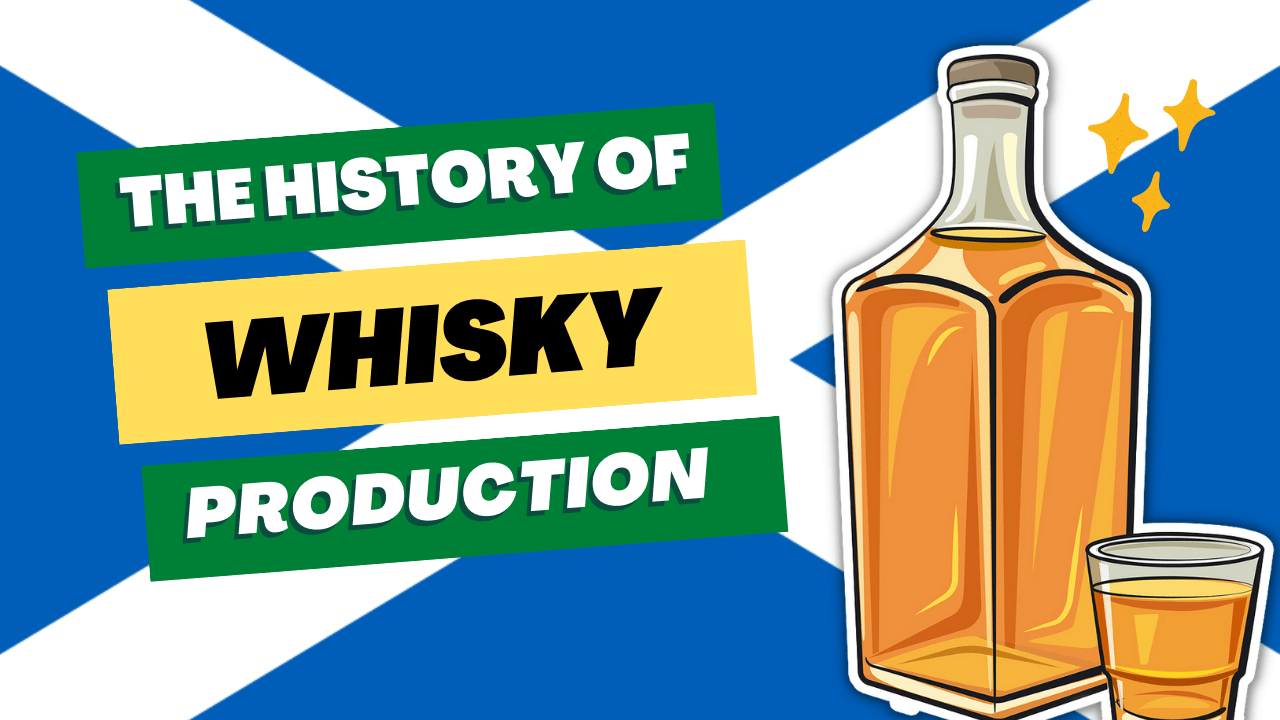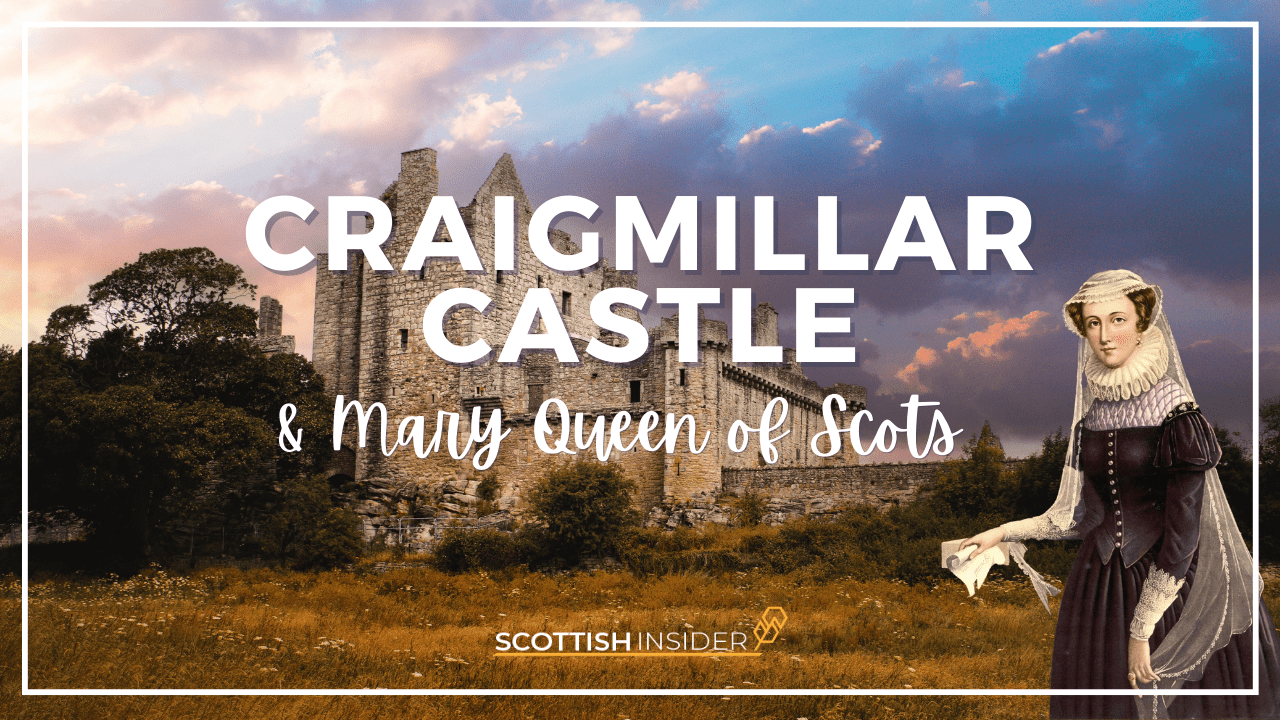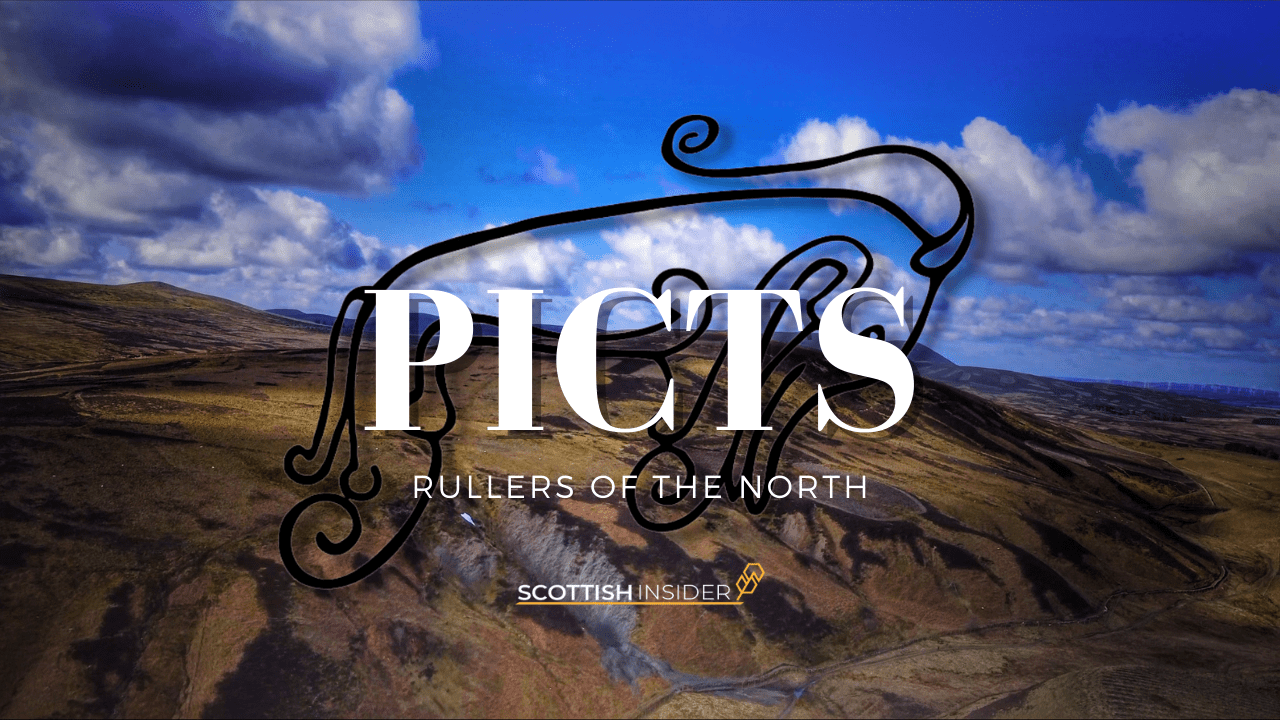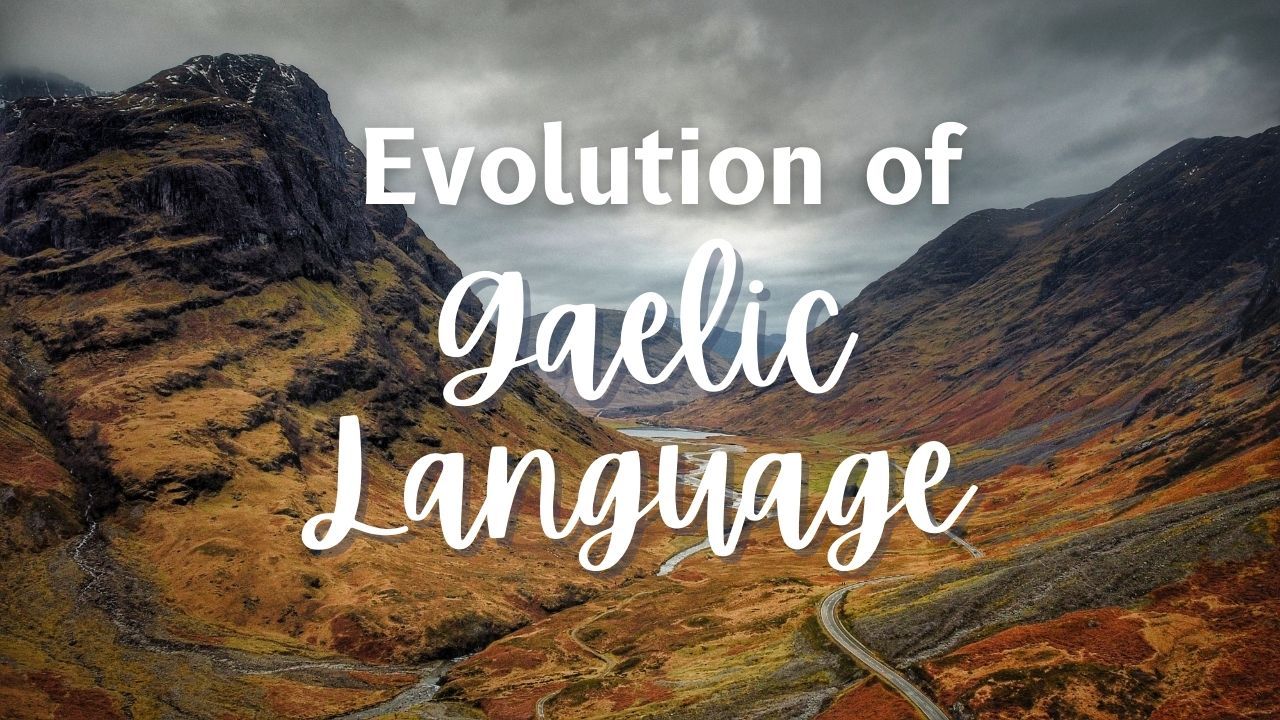King Robert the Bruce is a legend in Scottish history, known for leading his country to freedom from English rule in the early 14th century. Born in 1274 to a noble Scottish family, Robert inherited the title of Earl of Carrick at a young age. Despite his privileged upbringing, he faced many challenges and setbacks throughout his life.
 One of the earliest challenges Robert faced was the death of his father, which left him responsible for the family’s lands and people at just 18 years old. This responsibility may have contributed to his decision to join the Scottish rebellion against English rule in 1297, along with many other nobles.
One of the earliest challenges Robert faced was the death of his father, which left him responsible for the family’s lands and people at just 18 years old. This responsibility may have contributed to his decision to join the Scottish rebellion against English rule in 1297, along with many other nobles.
Unfortunately, this rebellion was short-lived and Robert was forced to flee to the Isle of Rathlin in Ireland after the English defeat at the Battle of Stirling Bridge. It was during this time of exile that Robert received some of the most famous words of encouragement in Scottish history.
 Legend has it that while he was hiding in a cave on the Isle of Rathlin, Robert saw a spider trying to spin its web. The spider kept failing, but it kept trying again and again until it finally succeeded. This small, determined creature inspired Robert to persevere in his own struggles, and he returned to Scotland to continue the fight for independence.
Legend has it that while he was hiding in a cave on the Isle of Rathlin, Robert saw a spider trying to spin its web. The spider kept failing, but it kept trying again and again until it finally succeeded. This small, determined creature inspired Robert to persevere in his own struggles, and he returned to Scotland to continue the fight for independence.
Robert’s persistence paid off, and he was eventually able to rally the Scottish forces and defeat the English at the Battle of Bannockburn in 1314. This victory was a turning point in the Wars of Scottish Independence and established Robert as a powerful and respected leader.
After his victory at Bannockburn, Robert worked to strengthen Scotland’s position on the international stage. He formed alliances with other European countries and worked to improve the country’s economy.
 But Robert’s reign was not without controversy. He faced challenges from within his own kingdom, including rebellions from rival noble families and a disagreement with the Scottish Church over the selection of a new bishop.
But Robert’s reign was not without controversy. He faced challenges from within his own kingdom, including rebellions from rival noble families and a disagreement with the Scottish Church over the selection of a new bishop.
Despite these challenges, Robert’s leadership and determination were key in securing Scotland’s independence and establishing the country as a sovereign nation. He is remembered as a hero and a symbol of Scottish pride to this day.
Robert’s legacy can still be seen in modern Scotland, with many landmarks and symbols such as the Scottish flag (the Saltire) and the national motto (“Nemo me impune lacessit,” or “No one can harm me unpunished”) referencing his life and accomplishments.
Robert the Bruce was a complex and multifaceted historical figure, and his story is one of perseverance, bravery, and determination. His leadership and vision helped shape the course of Scottish history and cemented his place as one of the country’s greatest kings.
If you like our articles please follow us on Facebook:


